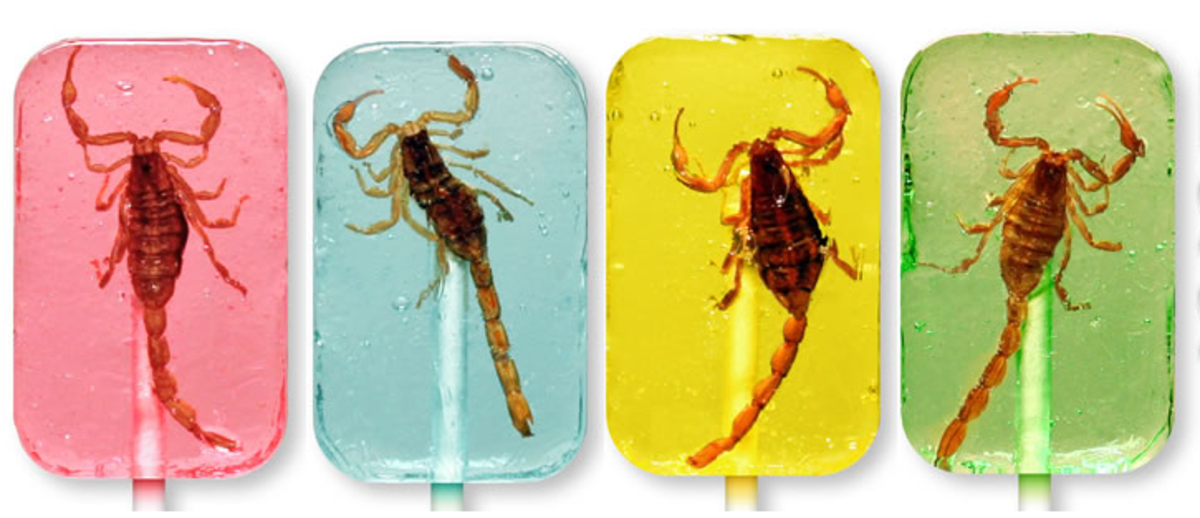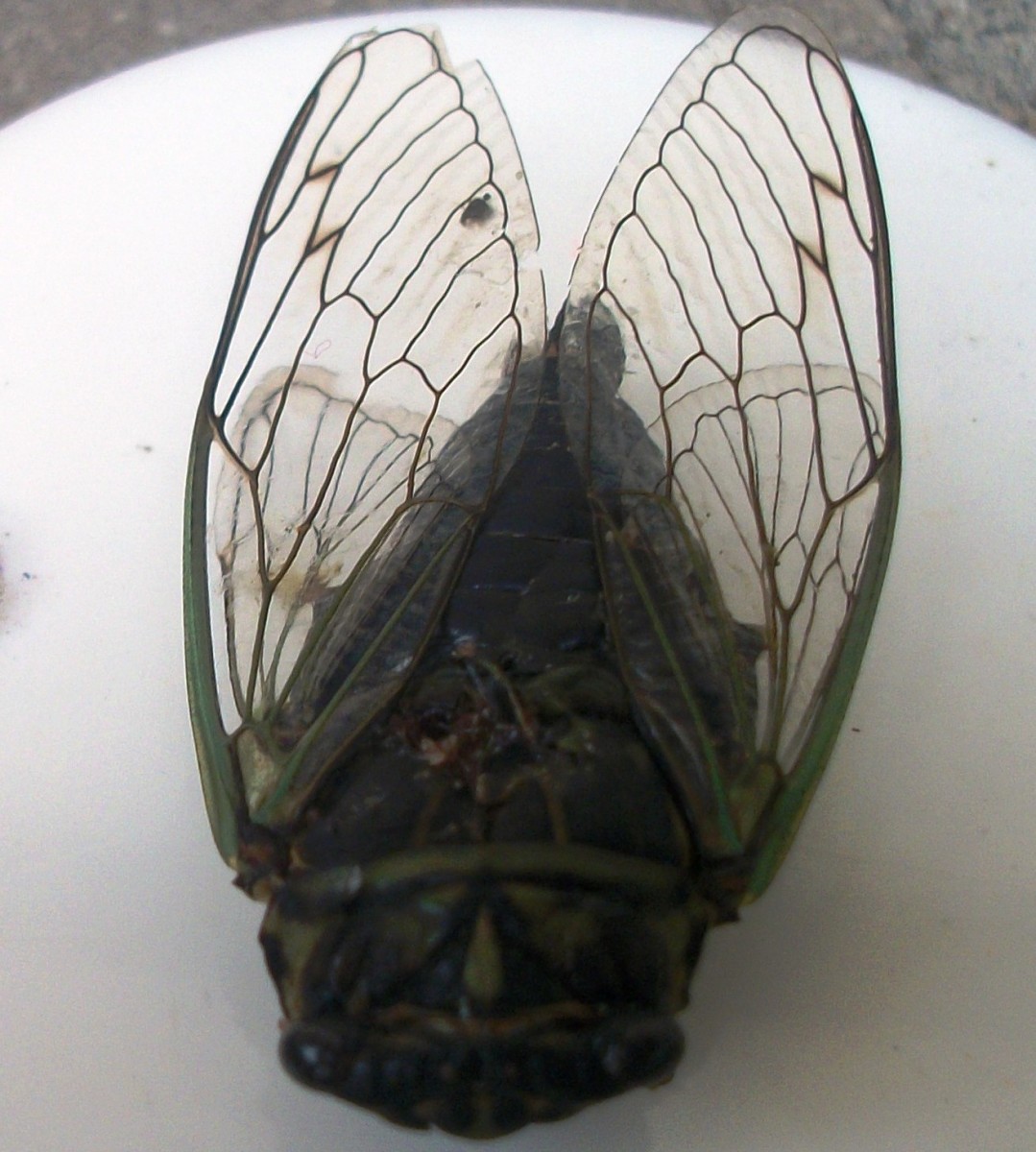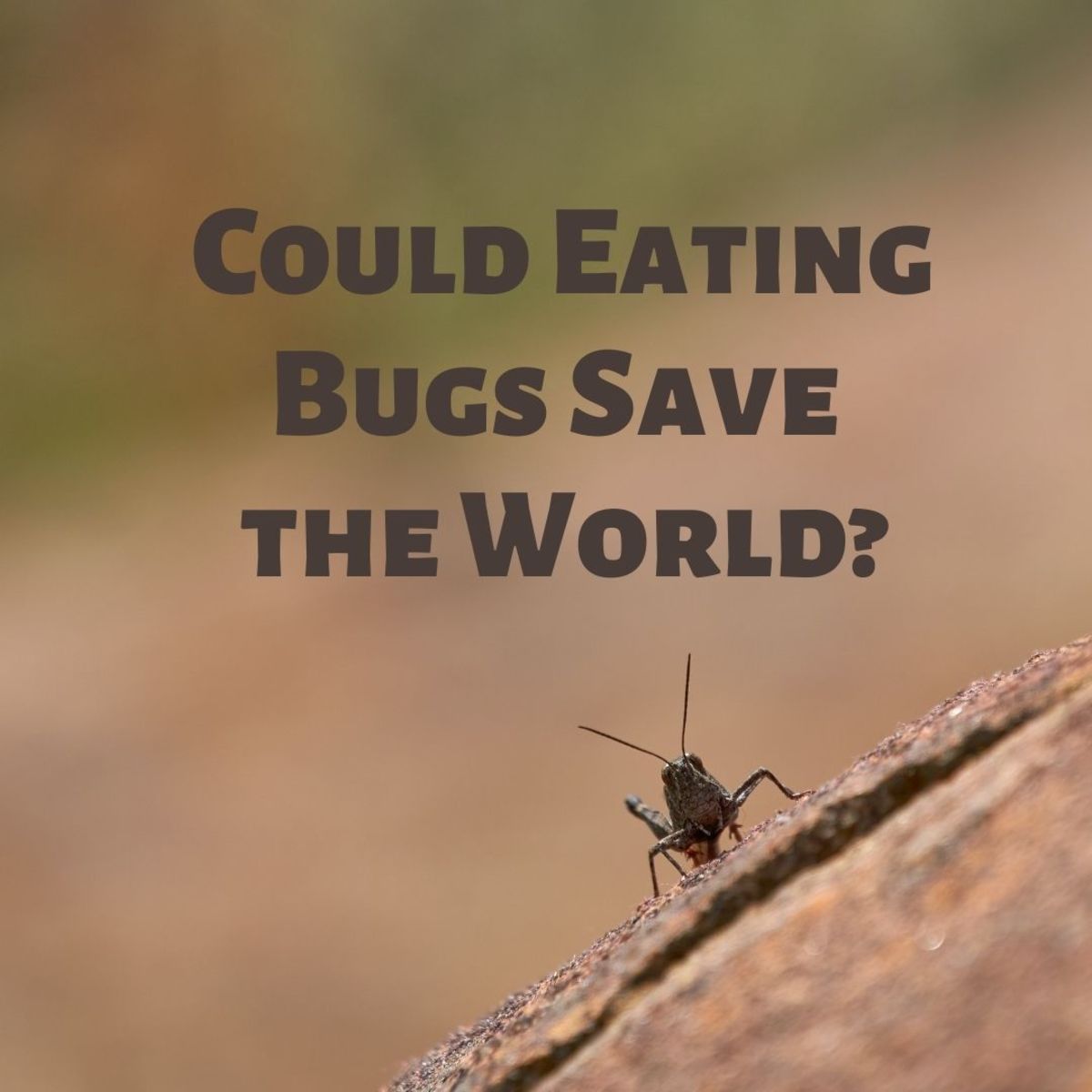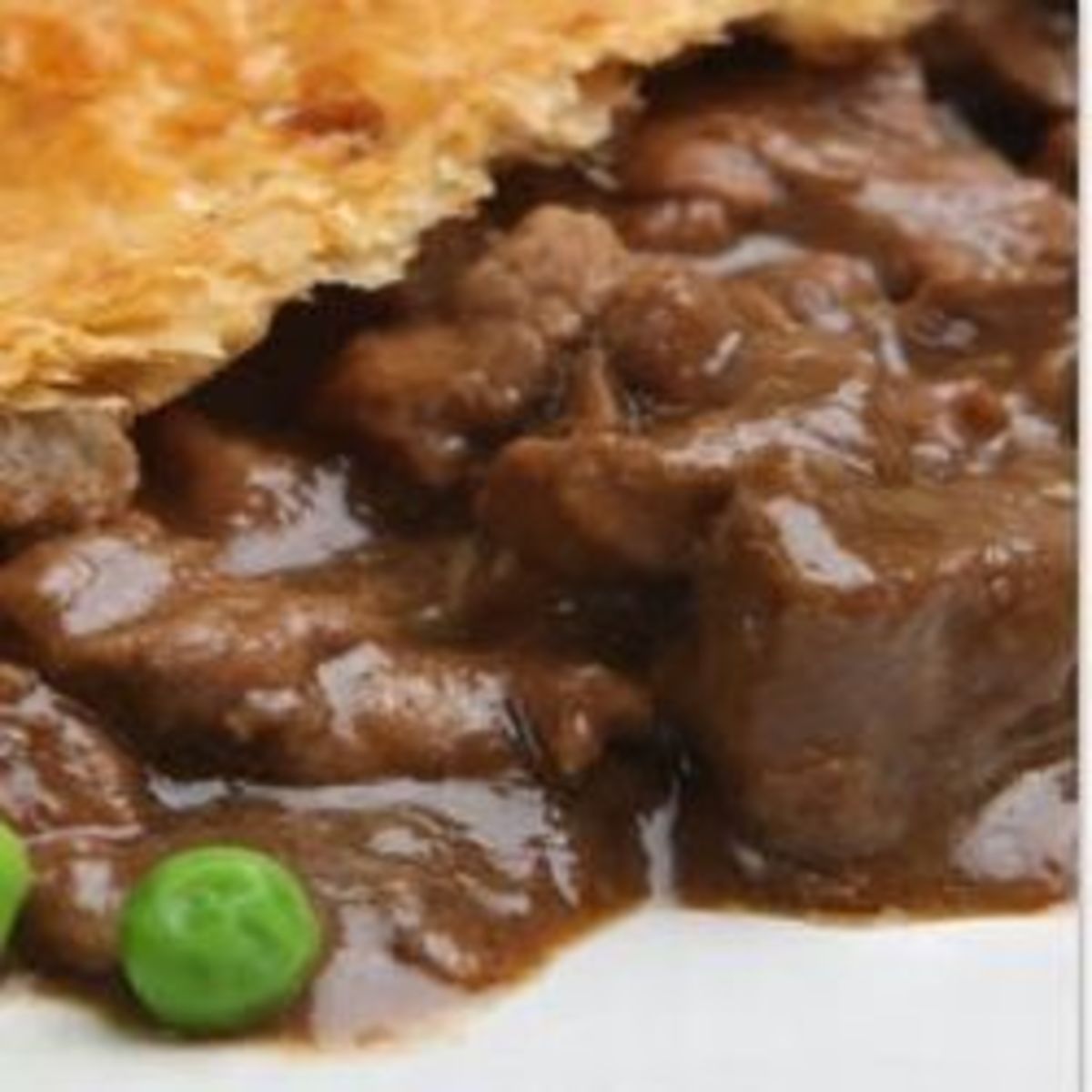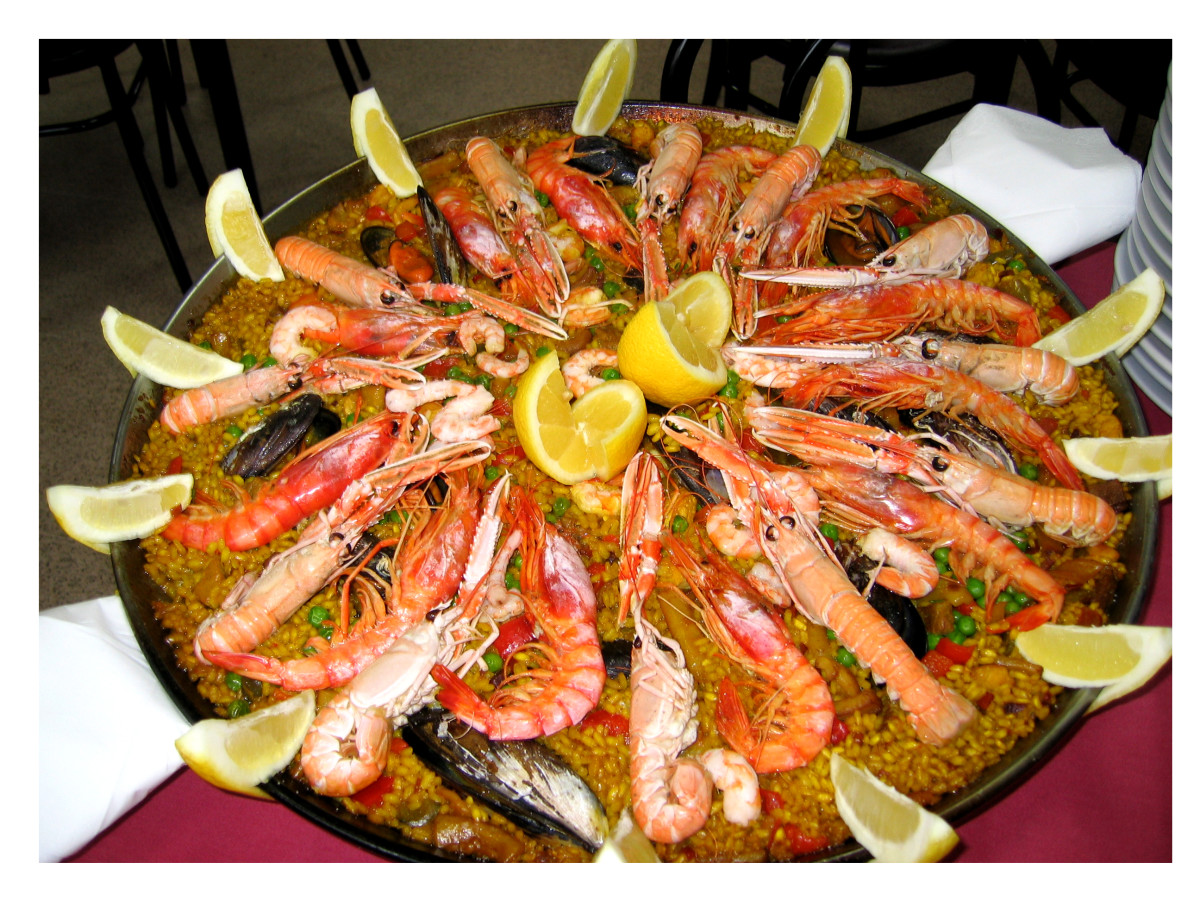What is Entomophagy? About edible insects
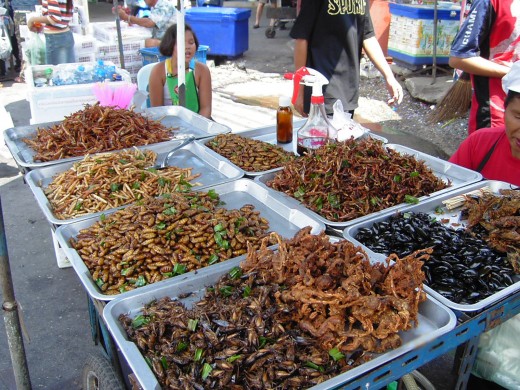
The word entomophagy is used as the technical term to describe the practice of eating insects. So, for those of you wondering: yes, insects can be edible. Let me explain more. As the human species evolved from its hominid ape-like ancestors, gatherers and hunters collected the necessary food for their survival, such as plants and animals, including insects. These insects have been collected and eaten in all their stages (eggs, larvae, pupae, and adult) for thousands of years, and they have been an important part of the human diet throughout our history. In fact, the Bible in Leviticus 11:22 mentions locusts and grasshoppers as some of the foods that were permissible to consume, and later on, in the New Testament, you can find passages mentioning John The Baptist living on locusts and honeycomb while he was living in the dessert for months.
That's just to mention some religious references to entomophagy, but the ancient Romans and Greeks used to dine on insects, such as beetle larvae. The great Greek philosopher Aristotle liked to eat Cicadas and Cicada nymphs.
So, if we've been eating insects for such a long time, why is so many people disgusted by the idea of entomophagy, especially in Western countries? Are they safe to eat? And does it have any benefits or side effects? I'll try to answer these questions a maybe some more on this article.
Is it safe to eat insects?
Some people have asked me if eating insects is safe. The short answer to that is: yes, it is safe to insects. However, not all insects are edible and it might also depend on the conditions where the insect was harvested. Maybe the insect itself is safe to eat but what it has been eating isn't safe. For example, if you find an insect on a field where pesticides have been applied, you should not eat that insect even if it would be edible in other conditions because pesticides would most probably harm you. If you want to be really safe, you should be sure that the conditions where the insect was harvested are adequate. In that case, the easiest way is to buy those that are grown in farms under controlled conditions and are commercially sold for human consumption such as these:
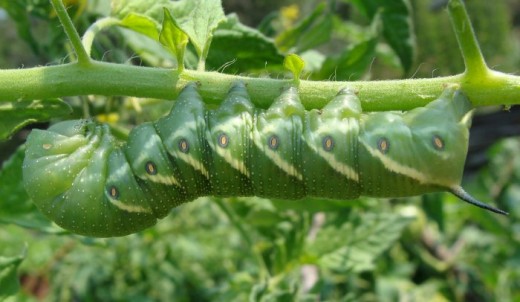
Okay, but what if you were in the wild with no food and your only food source were insects? How would you know which ones are safe to eat? Well, the good news is that most insects are edible. However, there are some that might carry diseases or others that could be toxic. To avoid those, there are some guidelines you can follow. Keep in mind that there are always exceptions to these rules.
- Stay away from brightly colored insects. These insects usually have bright colors to avoid being eaten by predators, by warning them of their toxicity or bad flavor. An exception to this is the tomato hornworm (the larvae of the five-spotted hawkmoth), which is brightly green but is safe to eat.
- Avoid insects with an extremely bad smell.
- Avoid hairy insects. Tarantulas, which are not insects but arachnids, are eaten in some countries but they're are roasted and their hairs get burned out before being eaten.
- Avoid insects that sting. There are exceptions, such as bees and wasps, which are edible, and also scorpions (which are also arachnids).
- Stay away from disease carriers such as flies, mosquitoes and ticks. There are some species of flies and mosquitoes, however, that can be eaten, such as the soldier fly larvae.
Those are some general guidelines to avoid non-edible insects. On the other hand, here you can find a list of the insects you can safely eat: List of edible insects.
Also, if you want to play it safe, be sure to cook the insects. You can boil, roast or fry the insects. In most cases, if there is any venom it will be degraded by the high temperature, making it safe to eat. Cooking the insects also gives them a better flavor. In case you are harvesting the insects, make sure you don't harvest the ones that are already dead because you don't know the reason of why they're dead.
Does eating insects have any benefits?
So besides the hypothetical survival situation mentioned earlier, you may be wondering "why would I want to eat insects?" But the real question is, why wouldn't you? Eating insects has environmental benefits, as well as health benefits and even social benefits, not to mention they can have a great taste.
- Evironmental benefits: The amount of feed insects can convert to meat is significantly less that the amount needed for cattle. On average, insects can convert 2 kg of feed into 1 kg of insect mass, whereas cattle needs 8 kf of feed to gain 1 kg of body weight. This means that the amount of land and resources used to produce the insects is less than the amount used for breeding cattle. Also, breeding insects uses less water and produces less greenhouse gases than conventional livestock. Pigs, for example, produce 10 to 100 times more greenhouse gasses per kg of body weight than mealworms.
- Health benefits: The amount of protein and high-quality nutrients found on most insects can be comparable to those of meat and fish. Most insects have a high content of fatty acids, just like fish, that are essential for good health. They are also rich in copper, iron, zinc, magnesium, phosphorous and other micronutrients. Also, the risk of transmission of diseases transmitted from animals to humans is low on insects compared to other animals such as cows (mad cow disease) or chicken (H1N1).
- Social benefits: Insects can be easily cultivated and gathered in the wild by people with minimal technical or capital expenditure. This means that even the poorest members of society can use insects to improve their diet but also to provide some cash income by selling the excess production. Edible insects can then provide jobs for people and also improve the diets of people with low resources all around the world.
Then why do we find insects disgusting?
The Fertile Crescent is one of the regions in which agriculture started developing in the fourth millennium BC. Plants and animals were being domesticated and, from there, food production started spreading throughout Europe. The hunter-gatherer lifestyle was replaced by a farm-dependent sedentary lifestyle. The domestication of large mammals provided many benefits such as meat, warmth, milk products, leather, and means of transport. So, insects not only couldn't offer the same benefits but they started being considered as pests and were seen as a threat to agriculture.
Nowadays, people in Western societies see insects as disease transmitters, house invaders, and many other negative things. Only few people know that most insects are beneficial and only a few cause damage. All this leads to people thinking of entomophagy as a "primitive" form of food acquisition and have feelings of disgust towards it. This disgust has its roots in culture, which at the same time is influenced by history, environment, social structures, and other factors that define what is acceptable and what is not acceptable. However, learning more about entomophagy and how it works might help people get over that feeling of disgust towards insects that might come from not knowing what it is.
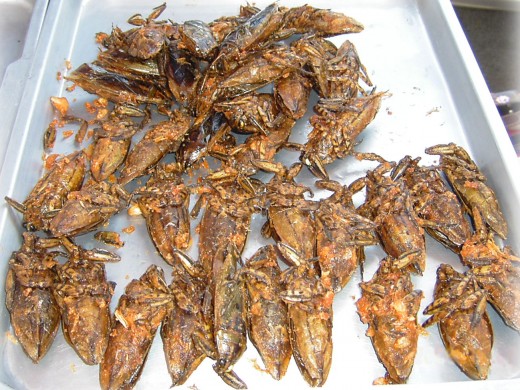
Where is Entomophagy common?
Eating insects is more common than you might think. Here are some countries where eating insects is common:
- Thailand: Eating insects here is so common they serve them fried like peanuts at bars. In major cities like Bangkok you can find vendors selling all kinds of insects on the streets. The most common insects eaten here are grasshoppers, woodworms, water beetles, crickets and bamboo worms.
- Mexico: Here edible insects are not as common as in Thailand but they are an important part of mexican gastronomy. You can find fried caterpillars and chocolate-covered locusts in many mexican restaurants. A traditional drink called mezcal is served with an agave worm submerged in the glass.
- Ghana: In this country, eating insects is not just a lifestyle choice but it can be a mean of survival when other food sources are in short supply. A common insect eaten here are termites. These are high in protein and healthy fats and oils.
- China: Insects in China are considered delicacies. Chinese citizens eat different kinds of insects, such as boiled water bugs soaked in vinegar, but some insect larvae are served in the finest restaurants. Some examples are bee larvae and fried silkworms.
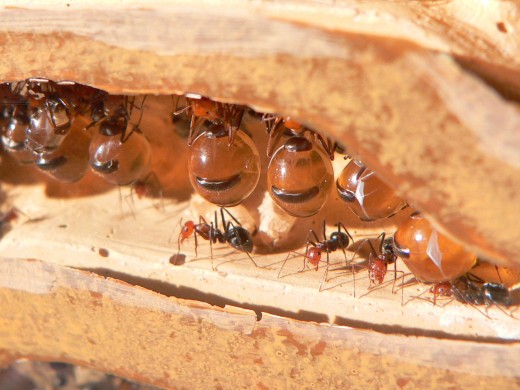
- Australia: The aborigines used to cook moths in the sand and removed the bugs' wings and legs by stirring them in hot ashes. Nowadays, native people still eat insects such as honey-pot ants and some moth larvae such as witchetty grubs.
- Japan: During rough economic and agricultural times in Japan, insects where one of the main sources of food for many rural populations. Nowadays, insects are becoming more common in restaurant menus in Japan where they serve fried silk moth pupae, boiled wasp larvae, fried cicadas, among others.
- Guatemala: The queen ants from the Atta genus are commonly eaten in Guatemala and are known as "Zompopos de mayo" because they are commonly seen in the months of May and June. These ants are eaten roasted and commonly served with tortillas or just eaten like peanuts. In some parts of the country some people eat cicadas and other insects, but this is less common
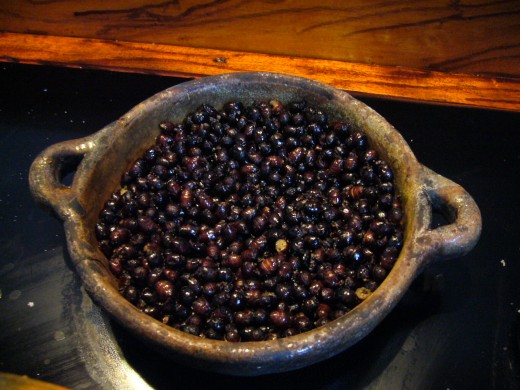
Try them now!
Here is a link to another hub with a recipe for a burguer using mealworms to make the patties. If you want to try eating insects, here is a great way to start: Mealworm burguer.
If you want to learn more about the use of insects as a sustainable source of food, there is a great book explaining how to produce them in mass and incorporate them into our food supply at low cost:




